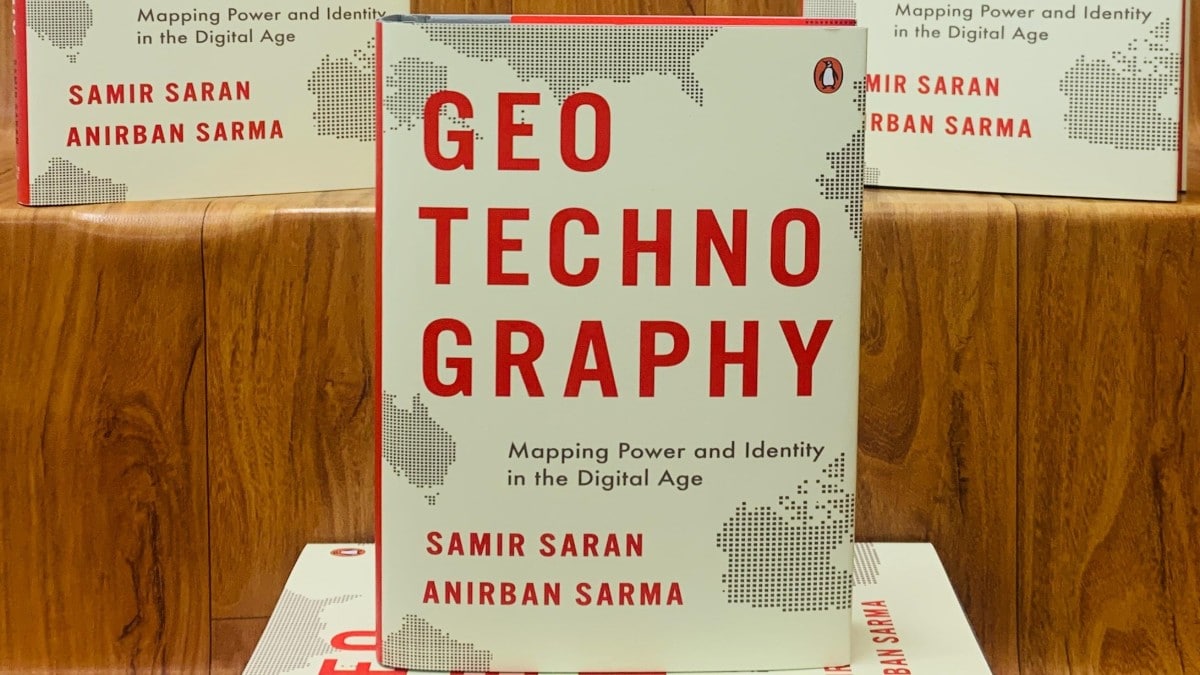Change is the only constant. We are often reminded about this age-old adage. But with each passing decade, year, month, day and even moment, one is facing an accelerated rate of change.
Alvin Toffler wrote more than five decades ago in his milestone book, Future Shock , “If the last 50,000 years of man’s existence were divided into lifetimes of approximately sixty-two years each, there have been about 800 such lifetimes. Of these 800, fully 650 were spent in caves.” He decoded this accelerated rate of transformation further when he wrote how “only during the last six lifetimes did masses of men ever see a printed word.

Only during the last four has it been possible to measure time with any precision. Only in the last two has anyone anywhere used an electric motor. And the overwhelming majority of all the material goods we use in daily life today have been developed within the present, the 800th, lifetime.
” When Toffler wrote his seminal book, the digital revolution, as we see it today, was still a few decades away. And if the changes in the 1950s and ’60s made him believe that “most people are grotesquely unprepared to cope with it”, one wonders what he would have said today when a seismic technological change, led by the digital revolution, is underway. The digital revolution has created new cloud-based communities that transcend national and geographical barriers, providing new opportunities as well as opening up new challenges.
So, while the Internet is seen to be blurring, and often challenging too, geographical distances and national boundaries, one equally witnesses intense battles being fought for land, territories and so-called homelands. What makes the era both interesting and enigmatic is the two tendencies getting stronger at the one and the same time. To map these new changes, a new book, GeoTechnoGraphy , written by Samir Saran and Anirban Sarma, has come out, exploring how digital technology has as much become the catalyst for progress as much as a cause of intense societal disruptions.
The authors write, “Our rootedness in land is now contending and conflicting – with a new sense of self built by engaging with social media and other global digital platforms. The agendas and aspirations of citizens, governments and tech businesses aren’t necessarily congruent though. The friction between them is the greatest defining phenomenon of our time.
” The “death of geography” has led to the “mushrooming” of “new sites for agreement and discord”. Saran and Sarma write, “Throughout our book, we use the terms ‘clouds’ or ‘cloud societies’ to refer to virtual communities that are anchored in particular geographies but use the Internet and social media to share views, exchange opinions, band together with like-minded peers or interest groups or engage in online political action. Cloud societies influence land-based debates and often assault offline consensuses.
On the other hand, they amplify real-world movements, and the momentum they generate online could cross back into the offline realm in the form of new campaigns.” Interestingly, the “death of geography”, led primarily by the massive spread of cyberspace, has resulted in a borderless world, but at the same time one is witnessing the rise of “new tribalism”, wherein “walls could spring up between those who fall foul of code or community guidelines and suffer a form of digital excommunication and those who don’t”. The authors also highlight how “a wedge is also driven between inhabitants of the world’s various splinternets”.
Giving the example of Chinese citizens being “exposed only to online news and views curated by the Chinese Communist Party will form a vastly different worldview from Indians who experience an open, broad-based Internet”. This way “alternate ideas” become “invisible” (to Chinese), and “one-sided perspectives become our universe”. Thus emerges what the authors call “a new tribalism”.
What further makes the situation dicey, difficult and also dangerous is the mushrooming of fake news outlets in the digital space. This phenomenon is worrying because for most people across the globe, social media has become the primary source of news—what makes this even deadlier is the fact that fake news travels faster than the truth! The book also looks at the growing malaise of cyber-attacks and cybercrime. The global cost of financial cybercrime is expected to skyrocket from $9.
22 trillion in 2024 to $13.83 trillion in 2028. And by the end of 2024, cyber-attacks may cost the global economy more than $10.
5 trillion. The number is only going to spread. Today, 65 per cent of the world’s population use the internet, which was first introduced among the masses just three decades ago—and as the number of internet users further increases, especially in the Global South, the cases of cyber-attacks and cybercrime would go up too.
Then there is the big issue of artificial intelligence, whose development and usage have divided humanity, with many projecting and predicting a doomsday-kind of scenario for human beings. The authors find four fundamental design flaws underlying today’s geotechnographical landscape. One, the ideologies of Silicon Valley—the production centres of these technologies—are “being made to force-fit local markets with a wholly different provenance”.
Two, the contract between citizens and the state is “increasingly mediated by private players” such as Microsoft, Google and Amazon. Often these companies care little about local laws, as was witnessed in 2023 when the Government of India called out Twitter for repeatedly violating national laws. The third flaw is the dichotomy between sites of innovation and those of regulation.
The fourth flaw is the ‘capabilities asymmetry’ between geographies that impacts their response to technology and shapes trajectories of tech adoption. The last chapter, ‘Rebooting History: A Rules-Based Order for the Digital Age’, is the high point of the book, as it seeks to find a way out of the digital morass the world finds itself in. In the end, the authors come up with their verdict: “Technology has been left for too long now to market forces.
The speed at which technological breakthroughs are occurring has no historical precedent. They have disrupted almost every industry in every country, and the changes they introduce are already transforming existing systems of management and governance. The tail is wagging the dog.
We elect governments, and digital tribes then try to dictate what the elected government should do.” It is, therefore, not surprising that trust in technology is declining and ‘techlash’ is becoming obvious. “The digital age, with its dizzying ascent and all-encompassing impact on societies, may be on thinner ice than it knows.
The disruption of truth and reality, the interference with borders both political and cultural, the weaponisation of technology, and the greed for global supremacy could make the fourth industrial revolution the shortest of all tech revolutions,” write the two authors as they ask governments and tech giants to pause and look for answers: “How do we reboot the present to ensure that the future doesn’t repeat the errors of the past? And if we don’t, will the history of our digital societies be all too brief?” GeoTechnoGraphy is a pertinent, thought-provoking book. Given the time we live in, the book remains essential reading for all Indians. Views expressed in the above piece are personal and solely those of the author.
They do not necessarily reflect Firstpost’s views..
Politics

Death of distance and rise of tribalism: Inside the disruptive world of ‘GeoTechnoGraphy’

Authored by Samir Saran and Anirban Sarma, ‘GeoTechnoGraphy’ is a pertinent and thought-provoking book that explores how digital technology has become both a catalyst for progress and a cause of intense societal disruptions













